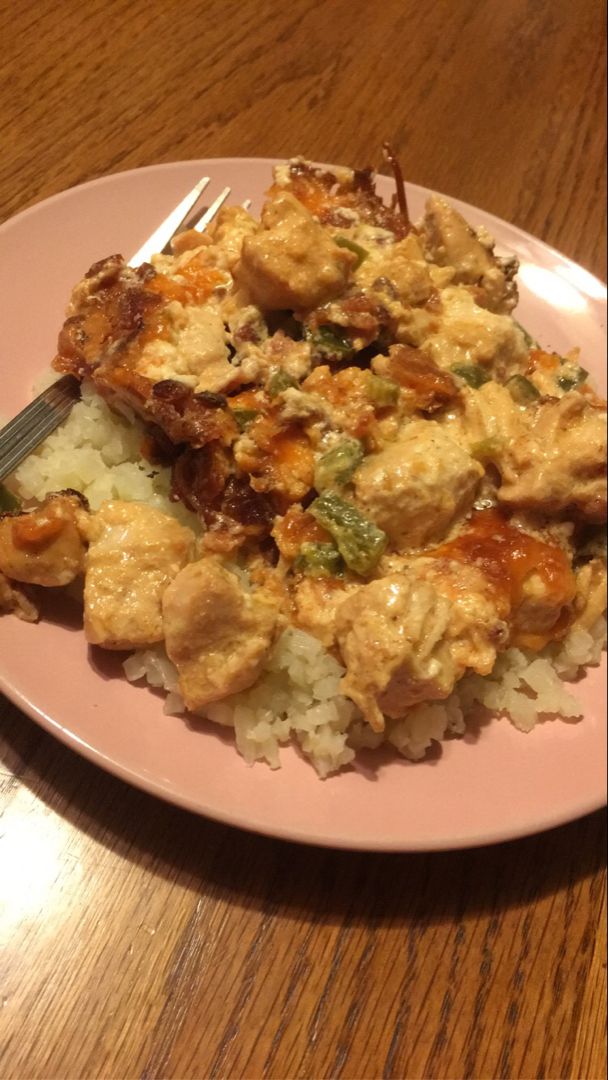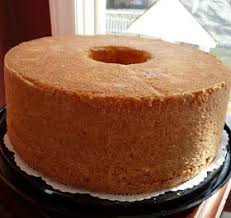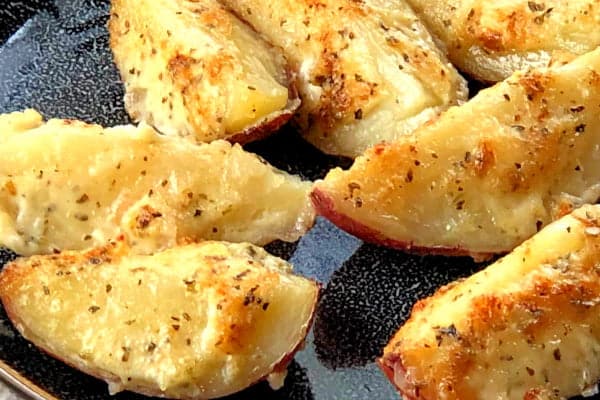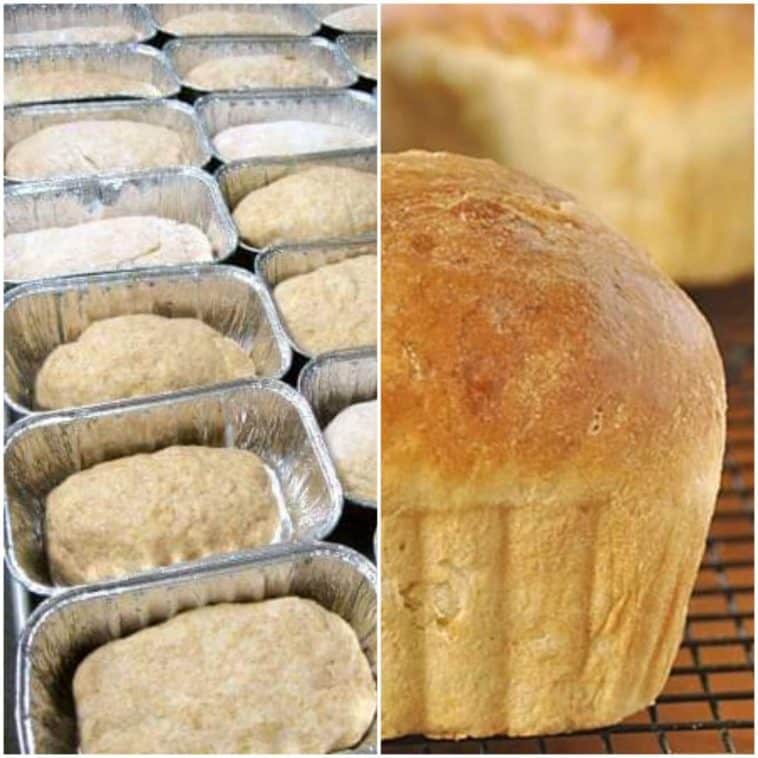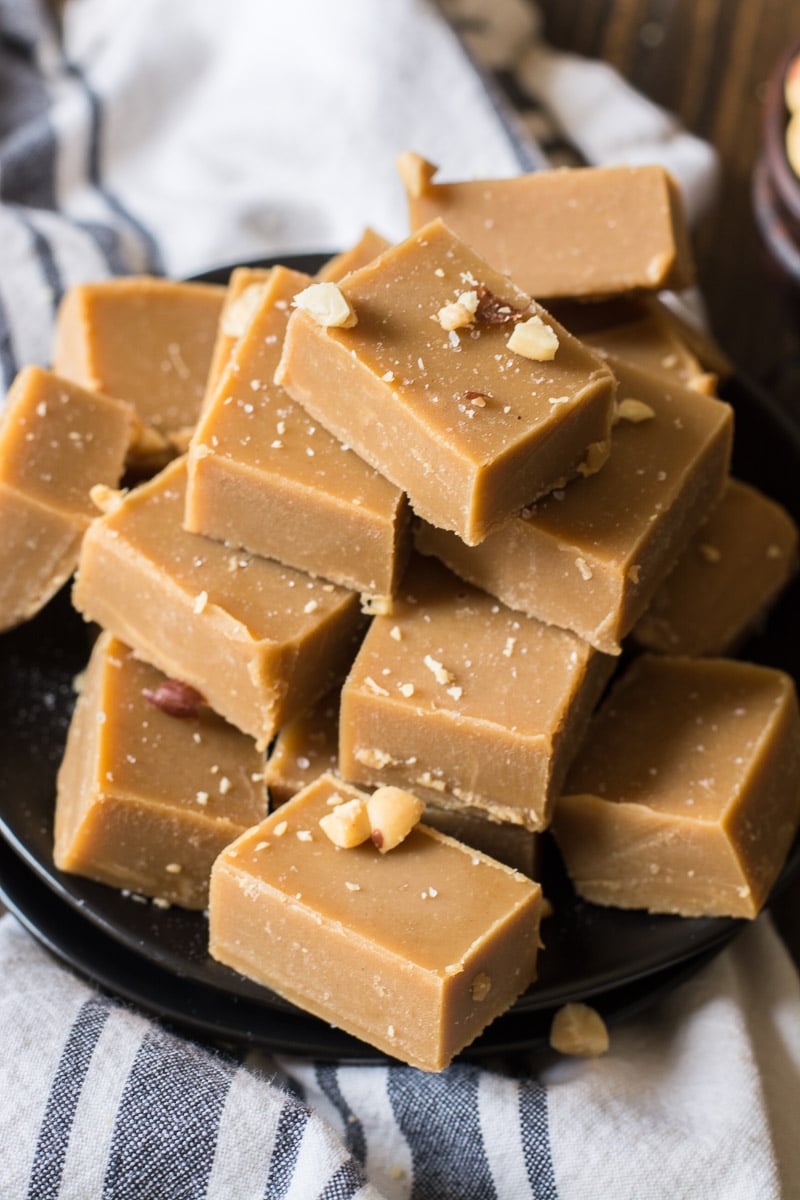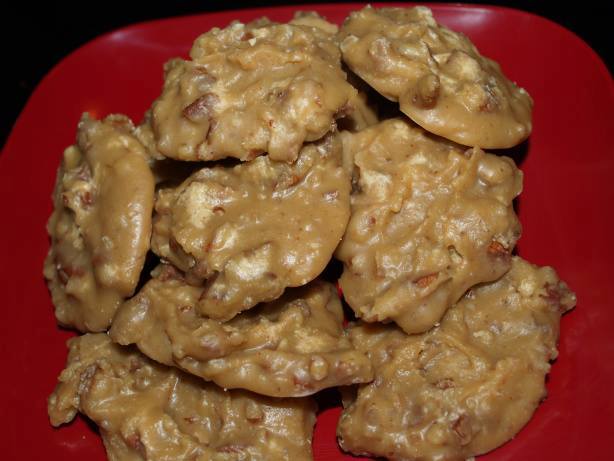
When the historic St. Charles Avenue streetcar comes to its rattling, end-of-the-line halt at the edge of the French Quarter, visitors step out of one city icon and immediately encounter another – New Orleans pralines, those intensely sweet disks of sugar, butter and pecans.
The streetcar stop at Canal and Carondelet streets has for many years been the territory of praline street vendor George Lee Clark. A tall man in his 50s, his face perpetually shaded by the brim of a white Panama hat, Mr. Clark sells his homemade pralines from a plastic bakery crate slung from his neck.
“Number one praline, one dollar,” he calls as visitors in T-shirts and commuters in restaurant and hotel uniforms hop down from the idling streetcar. “Melt in your mouth good. Big pralines here.”
Mr. Clark has been selling pralines on the city’s streets for more than 30 years – a long career but nonetheless a mere blip in the history of this distinctive Southern candy that stretches back to New Orleans’ colonial origins. Indeed, the praline – like New Orleans itself – started out with aristocratic French roots but grew into something quite its own here in the South.
From France to the Banks of the Mississippi River, the Origins of the New Orleans Praline
There are many variations on the story of how the praline came to be, but most of them revolve around the manor house of the 17th-century French diplomat Cesar du Plessis Praslin – a name that later morphed into the term for the candy. A chef in the kitchen here developed a technique for coating almonds in cooked sugar which, competing stories hold, were used by his courtly employer either as a digestive aid or as gifts to the ladies he visited. In France and elsewhere, the word praline is still used as a generic term for any sort of candy made with nuts.
Ingredients
2-1/2 cups whole milk
2-1/2 cups light brown sugar
2-1/2 cups sugar
2-1/2 cups pecans, lightly chopped
4 ounces real butter
2 teaspoons vanilla extract OR 2 teaspoons maple extract
pinch salt
Directions
1-Warm milk in a cast-iron dutch oven or a large pot.
2-Add sugar, brown sugar and a pinch of salt.
3-Cook until it reaches 240 degrees (soft-ball stage
4-Stir almost constantly to prevent sticking and burning. If the candy burns, you have to start over. If you are using a thermometer attached to the side of the pot, make sure that it does not sit on the bottom of the pot. You will not get an accurate reading.
5-Once the candy reaches 240 degrees, remove from the heat.
6-Next add, the butter, vanilla, maple extract, and the pecans.
7-Allow the candy to sit 10 minutes.
7-Next, stir the candy 25 to 50 strokes to incorporate the pecans.
8-Spoon the candy about 1 to 2 TB size onto a sheet of wax paper.
9-Allow them to cool and dry. Then, carefully turn them over to dry the other side.
10-Store them in an airtight container or wrap each one in plastic wrap

